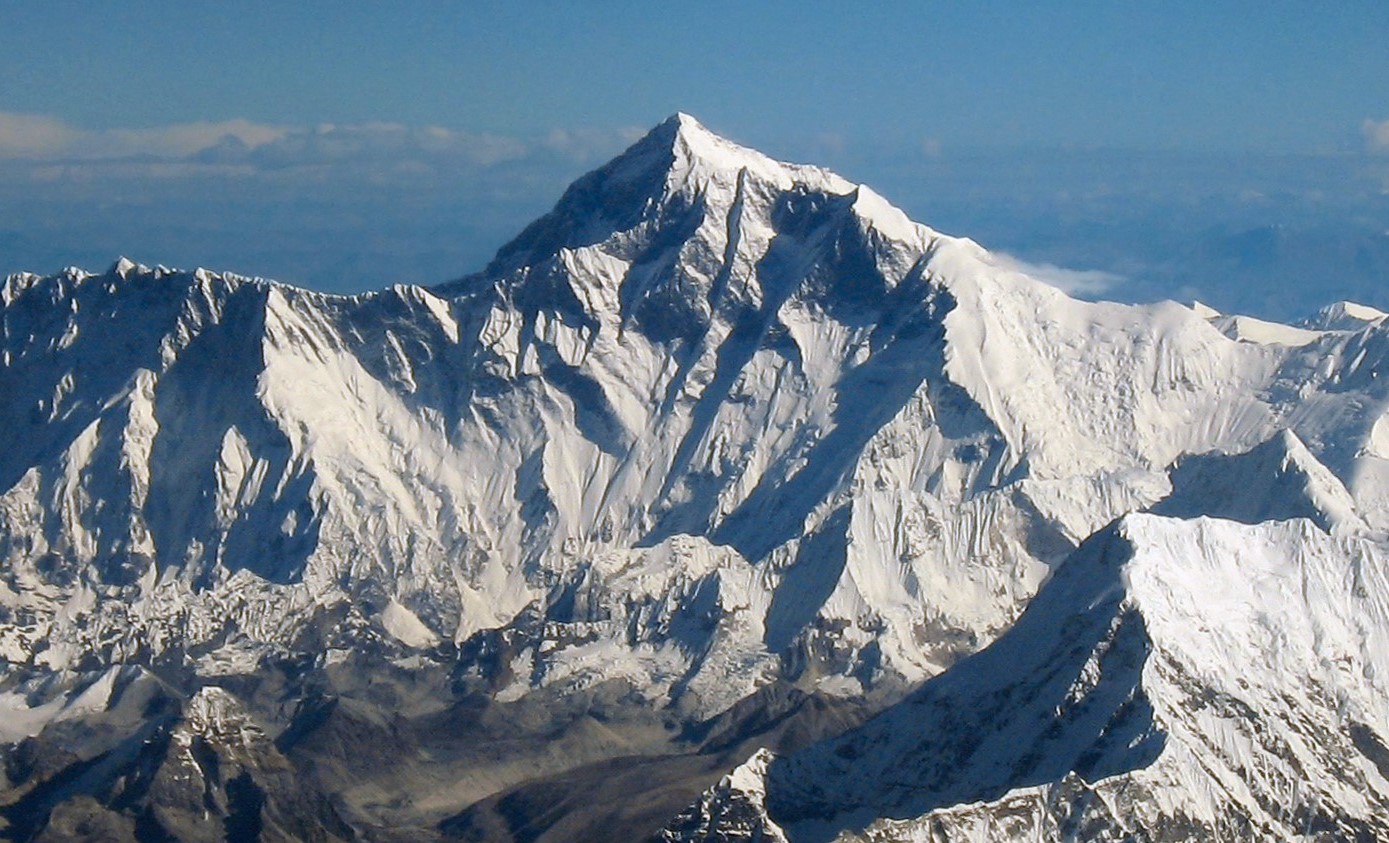At 29,032 feet, Mount Everest is already the king of peaks, towering over its Himalayan neighbors. But here’s the kicker—Everest is still growing taller! 😮 Scientists now believe that changes in nearby river systems from 89,000 years ago may have added between 50 and 160 feet to its height. Let’s break it down:
🌊💪 A River’s Power:
- Tens of thousands of years ago, the Kosi River took over the Arun River—this new super-river eroded massive amounts of rock and soil from the Himalayas’ base, miles away from Everest.
- This erosion lightened the Earth’s crust, which started to “rebound” or rise up, like when you remove weight from a boat! 🚤⬆️
🌎🔬 Isostatic Rebound:
- This process is known as isostatic rebound, where the Earth’s crust lifts up because there’s less weight pushing it down.
- Even though the river didn’t directly affect Everest, the erosion it caused allowed the crust beneath to lift, making Everest grow a tiny bit taller each year.
8848.86 metres is the newly-measured height of Mount Everest, announces Nepal Foreign minister pic.twitter.com/LSn9s7W5lk
— OTV (@otvnews) December 8, 2020
📈 Everest’s Growth Spurt:
- Everest gains 0.16 to 0.53 millimeters in height every year. That doesn’t sound like much, but over time, it adds up! Everest has been growing by as much as 2 millimeters annually in recent years.
🌟 What Makes This Unique?
Traditionally, mountain formation was mostly credited to tectonic plates colliding. But this new research shows the role river dynamics and erosion can play in shaping even the mightiest of mountains. 🏞️ It’s a surprising twist in the science of mountain growth, reminding us how interconnected the Earth really is! 🌏
So, next time you look at Everest, remember—it’s not just standing still. It’s always reaching for the sky. 🚀
